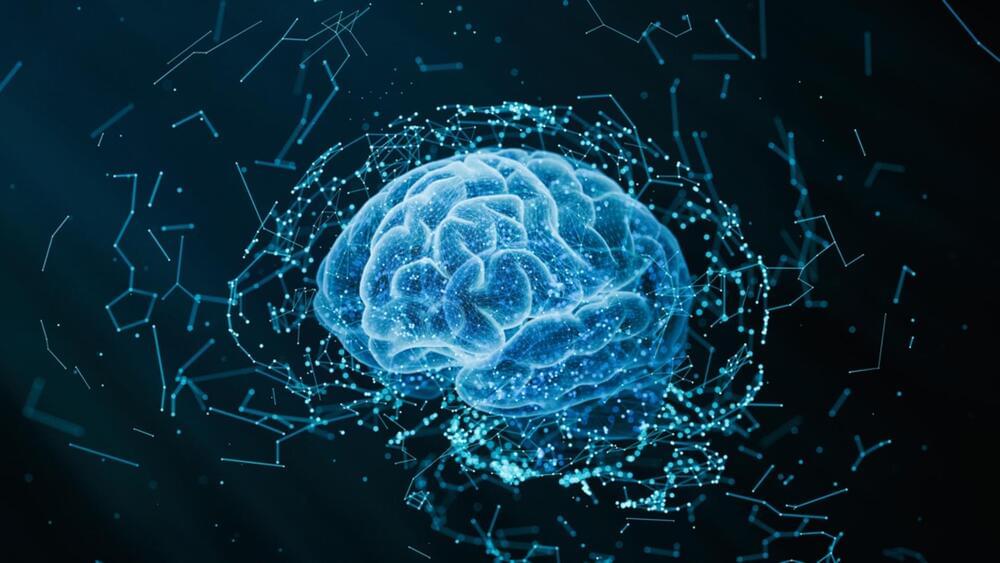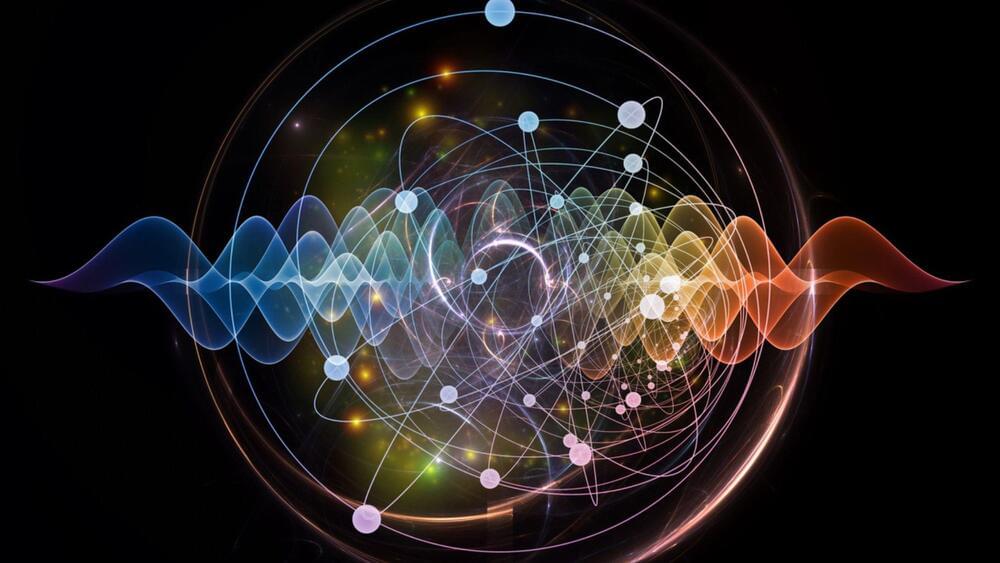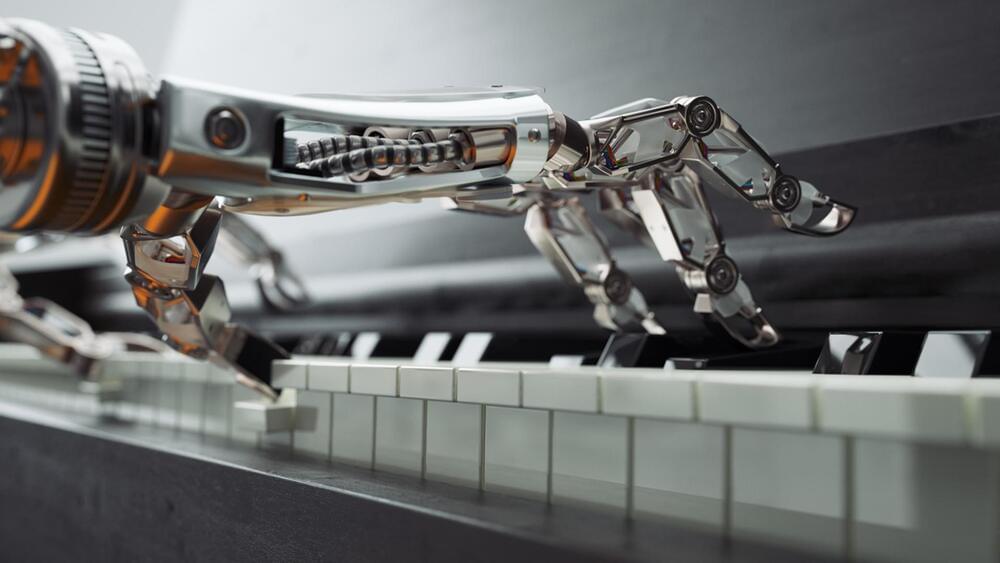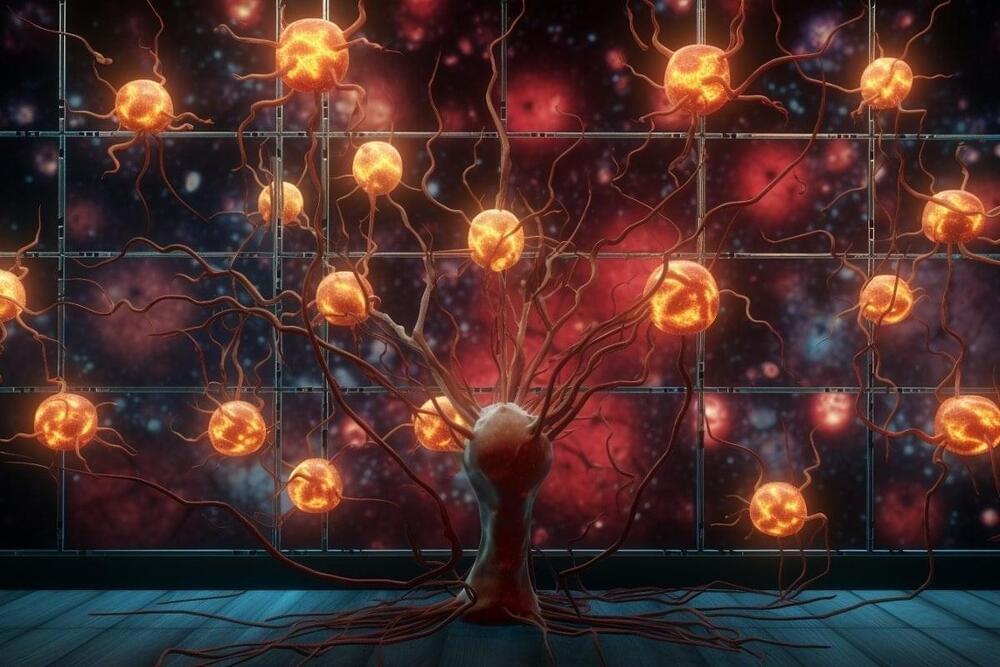The research is a result of observations from awake language mapping during brain tumor surgery.
A team of Chinese researchers has developed a way to artificially produce speech, also known as speech synthesis, using cues from neural brain activity.
According to the South China Morning Post, the researchers claim that they have a mind-reading machine that is capable of turning human thought into spoken Mandarin.






